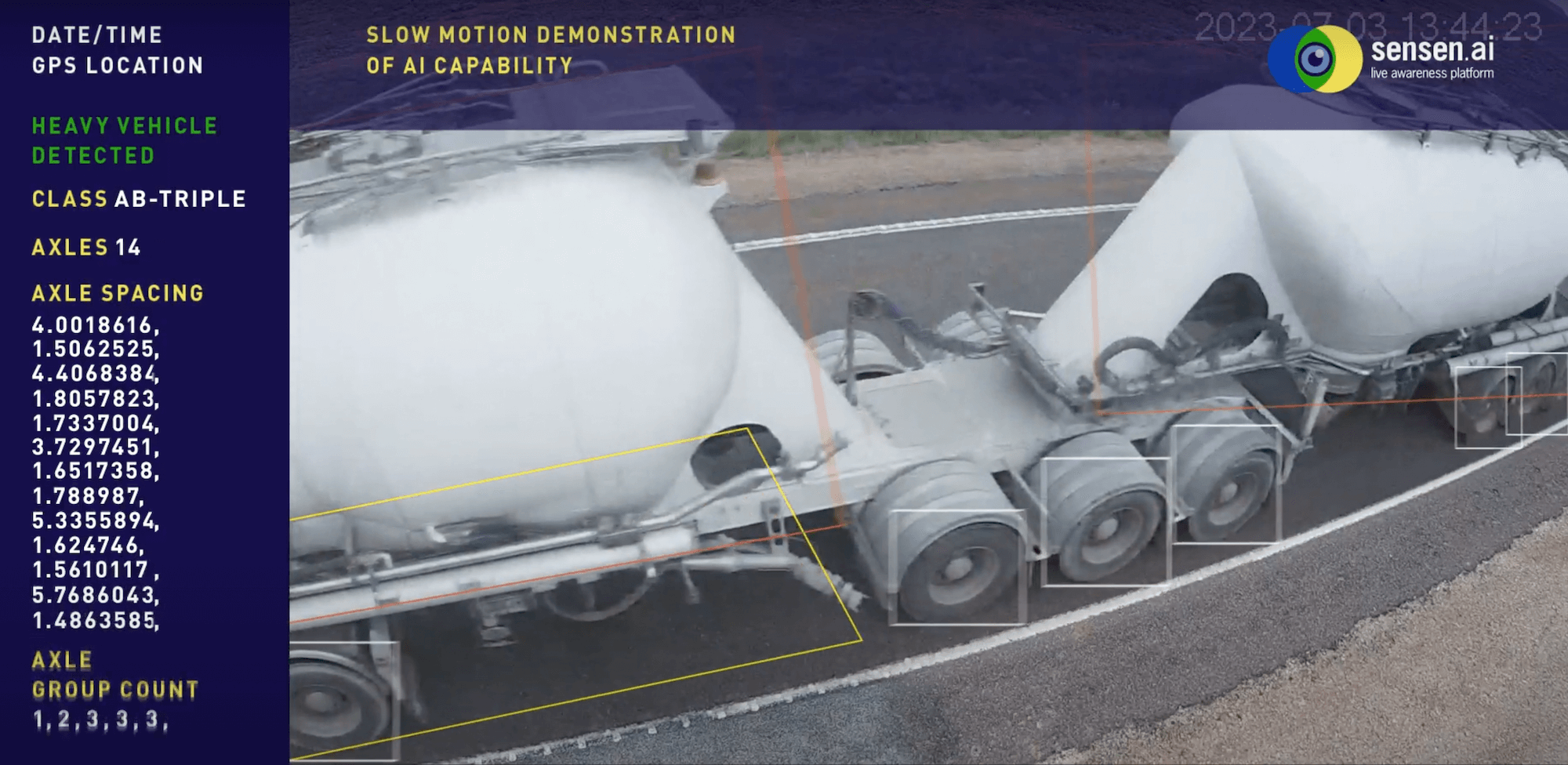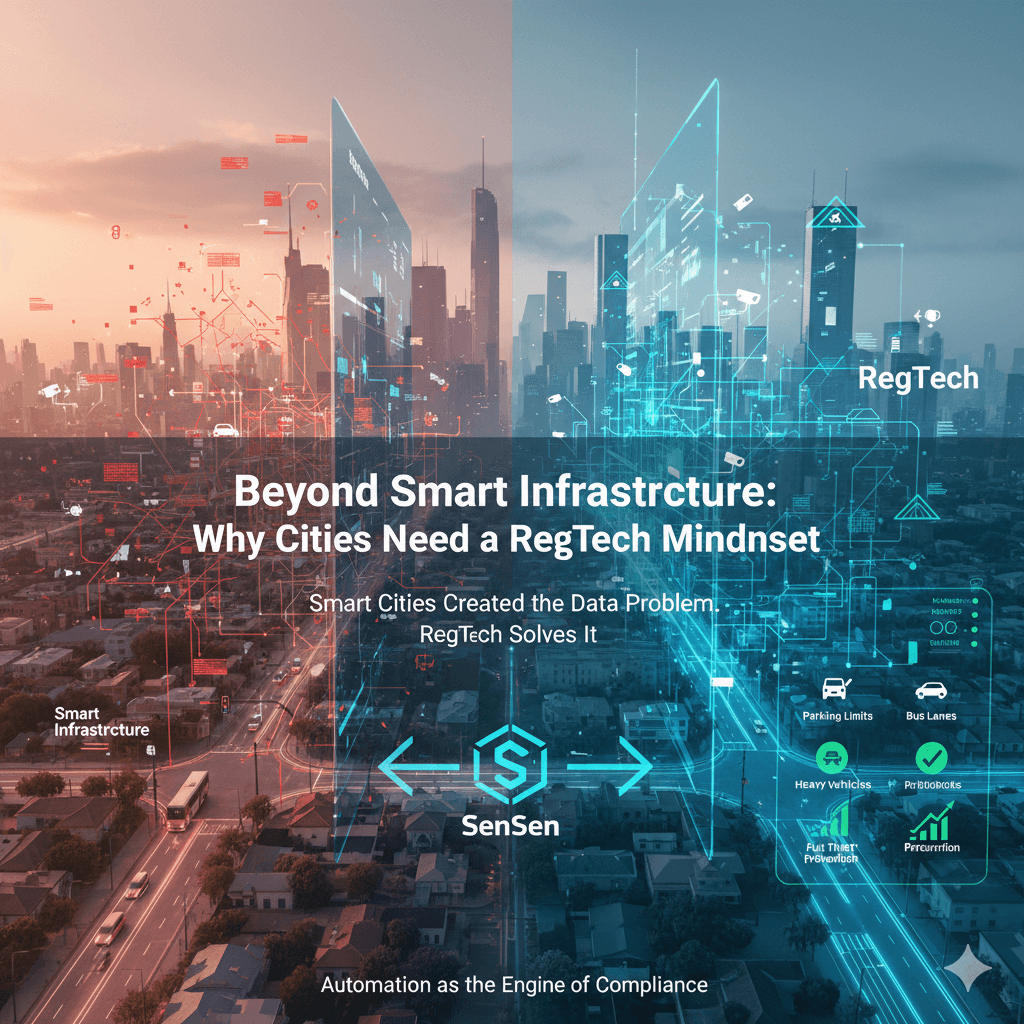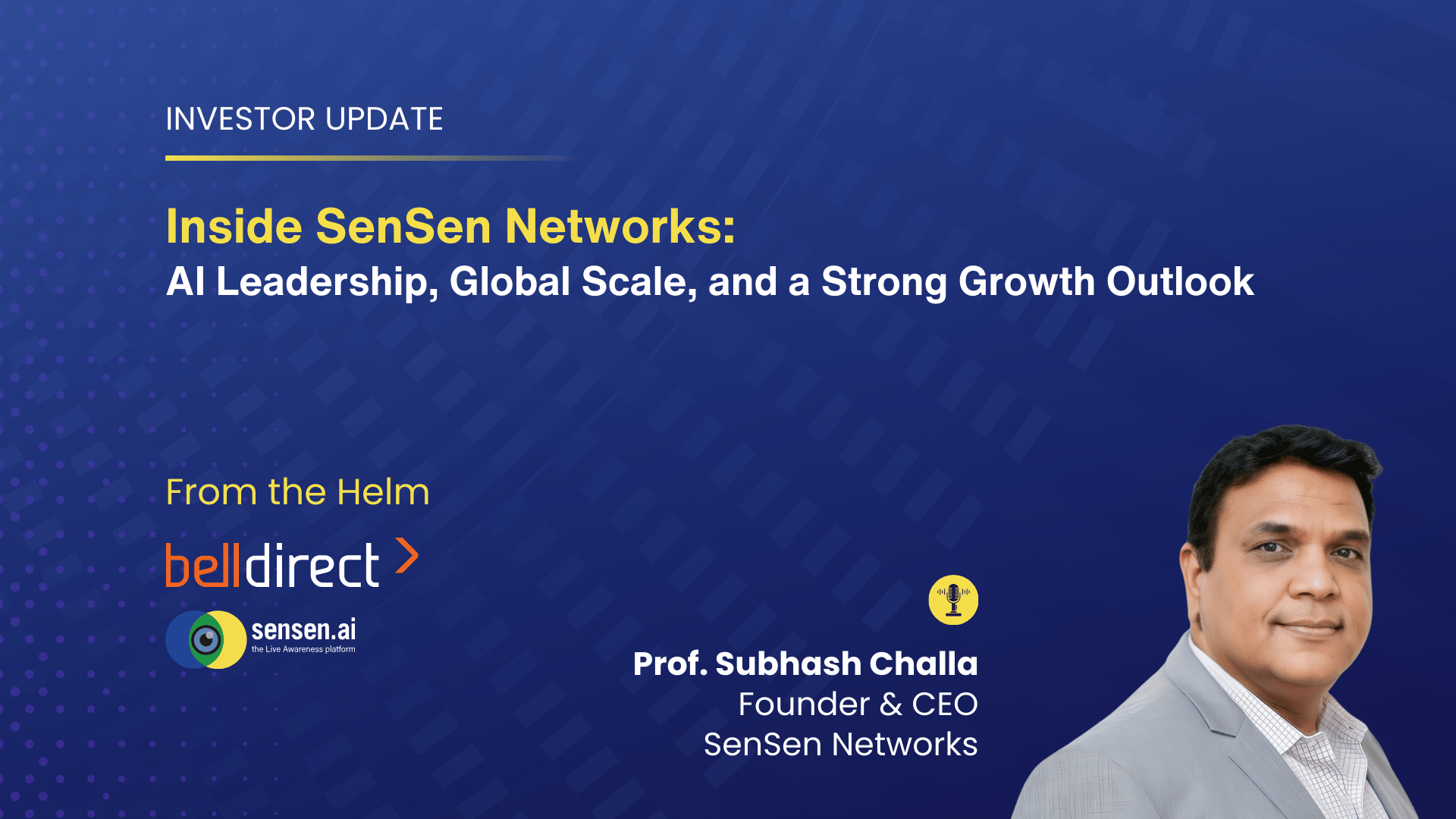AI is one of the great buzzwords of the 21st century, but it honestly has the potential to change the game for heavy vehicle road safety.
Vision Zero is one of the boldest and most difficult to implement multinational targets the world has ever seen. The directive of reducing the number of annual worldwide road deaths to zero by 2050 if a lofty goal that, in fact, ground is being lost on.
Australia is one of a broad number of countries, regions and cities to have committed to the Vision Zero targets. Contemporaries in the program include the likes of Scandinavian nations Sweden and Norway, neighbours New Zealand, and world-leading cities like New York, Los Angeles and London. To get there, though, something has to change.
While past methods of attempting to drive down road fatality figures include the heavy policing of risk factors including speed, drug and alcohol use and fatigue have proven ineffective in navigating wholesale change towards that Vision Zero goal, AI tracking of vehicles could prove to be the critical step in starting to reduce the road death number.
Due to the potential for any collisions involving heavy vehicles to be far more serious and life-threatening than light vehicle crashes, the transport industry has borne the brunt of the application of these rules and, therefore, the punishment for breaching them.
SenSen.AI is an Australian company at the forefront of utilising artificial intelligence to acquire data to produce strategies to make the road safer for all road users.
After initially undertaking a trial with the NHVR in 2021, the commitment from Australia’s heavy vehicle operator to utilise SenSen’s technology to make the nation’s roads safer was recently extended to June 2025.
The question is, though, how does SenSen.AI make Australia’s roads safer? Its Chief Commercial Officer, Nathan Rogers, explained it to ATN.
“SenSen is founded on patented technology that lets you track objects with cameras,” Rogers says. “We combine that low-level camera technology with a corporate enterprise feature, and we have the ability to fuse in other data like GPS data, network latency data, LIDAR (light detection and ranging) data, and other things like that.
“We built all of that into a stack that we call ‘live awareness’. One of our apps, SenFORCE, essentially takes all of those features into cameras that can either sit on the side of the road or be mounted onto moving vehicles.
“Through that we can track all sorts of complicated objects in the real world.”
Rogers was keen to stress this technology is not utilised as an enforcement tool to scope out those potentially falling afoul of speed limits or the HVNL, but rather a data acquisition tool that, in its partnership with the NHVR, provides crucial metrics to determine what combinations are travelling where, when and how.
“Our technology is primarily used to gather intelligence. If you go on the NHVR website they’ll talk about intelligence-led compliance. The principle is, why spend time and money on a compliance operation for someone who is probably doing the right thing?
“Where this technology becomes really interesting in a heavy vehicle monitoring space is that normally to, say, count the number of wheels that are going past on a B Double, you need some specific hardware on the edge of the road.
“We can do all that with a camera that you can move wherever you want. It can see a truck moving past at 100 km/h and pull 24 data attributes off it – how many wheels it has, how many trailers it has, where the articulations are.
“With this sort of technology, at this speed, you can gather intelligence about how a fleet it being used, where vehicles have trailers on the back and where they don’t, it’s a high-level view.”
How, then, can this data be used to help drive down Australia and, potentially, the world’s road death toll?
The answer is in the name. AI. Artificial intelligence.
It’s a buzzword in the modern technological age, but Rogers says SenSen’s ability to learn could, eventually, allow it to predict potential accidents.
“I studied AI at a bachelor level in the 90s, and I see all these kids at the moment branding their products as AI and it’s a pet hate of mine. I’m old enough and ugly enough to know the difference between real AI and what people are calling AI.
“The AI-specific features of our product include the deep learning and multi-level annotation we do to some sample data sets, it’s the unique sense and intellectual property.
“We have an annotations team that looks at hundreds of hours of video to work out what salient points to put into the machine learning model.
“The key piece of the product is the deep learning. To achieve that outcome, you have to fuse a whole heap of other parts of technology that aren’t strictly AI, but it is genuine AI to do that novel and unique work.
“A prediction for road safety could be eventually predicting a vehicle is going to have an incident with some percentage of certainty, and that’s where I think it’s going.
“It’s not about finding people speeding like it has been in the last decades. It’s how we can find someone who is not speeding, but we still think is going to have an accident.
“Fatigue management is another example. If someone is fatigued that doesn’t necessarily mean they’re going to have an accident, so what are the variables we can’t tell that will cause someone to have an accident?
“Then, if we can predict an incident, how can we intervene to prevent it?
“For me, it’s all about predicting – and that’s the next step of AI. If you think of any technology that’s going to reduce the road toll, it has to be able to predict, right? I think AI is the technology that has the best chance of predicting those incidents just due to the nature of how it works.
“It’s crucial to have more data that has been captured in real-time and to be able to process it with more intelligent models that can predict, and then prevent.”
Key to SenSen’s extended partnership with the NHVR has been the regulator’s expansion into the manage the regulatory services in Queensland earlier this year.
While SenSen’s cameras are solar-powered, they have been power budgeted to even work in traditionally darker, cloudier environments like Tasmania. They’re applicable anywhere in Australia.
“When we started that initial trial with the NHVR in 2021 we only had five or six systems, now we’re up to 30 or so.
“The NHVR’s regulatory scope is growing, and as they go into a new state they talk to use about how to use that capability we first piloted for them in 2021 in these new jurisdictions.
“We’ve just rolled out eight vehicles in Queensland, and they’re all in the field now gathering intelligence and helping them meet their mission to save lives on the road and have a better, faster moving freight network.”



